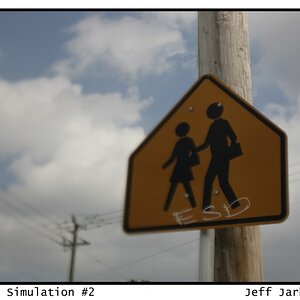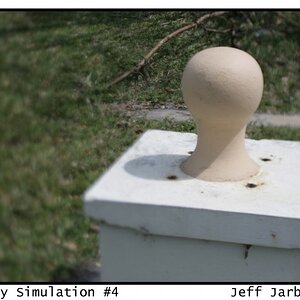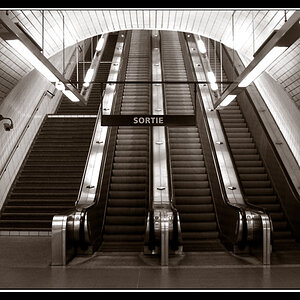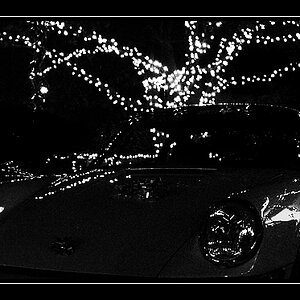ryunin
TPF Noob!
- Joined
- Jan 17, 2010
- Messages
- 89
- Reaction score
- 0
- Location
- Prague, the Czech Republic
- Website
- www.romanvalekphotography.com
- Can others edit my Photos
- Photos NOT OK to edit
A few days after my first film developing at home, I found out I severely underdeveloped it. For some reason, I thought 6 minutes was the proper time, I really have no idea where I got that info, and today I was studying some Kodak charts and saw the time (for Kodak D76 and Tri X 400 using 1:1 solution) should be almost 10 minutes. 4 minutes difference! How do you find out a film is underdeveloped? I thought mine was underexposed, but developed fine until today. Can you see the difference between underexposed and underdeveloped negative?
Also, the Kodak recommends agitating every 30 seconds, in a small tank like mine, but my friend teacher taught me only to agitate every minute. What difference does that make on the final negative? Thanks.
Also, the Kodak recommends agitating every 30 seconds, in a small tank like mine, but my friend teacher taught me only to agitate every minute. What difference does that make on the final negative? Thanks.













